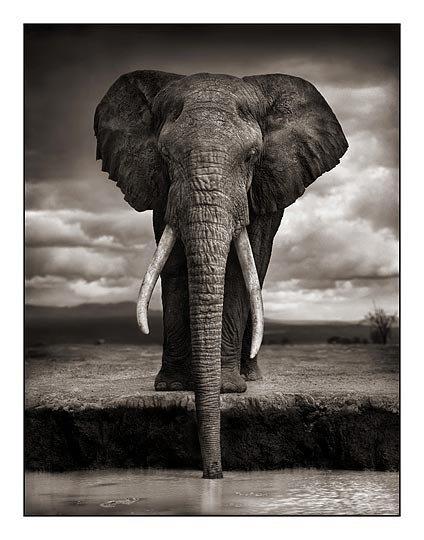Media terminology - Movement
 Pan shot -
Pan shot - In photography,
panning refers to the horizontal movement or rotation of a
still or
video camera, or the scanning of a subject horizontally on video or a display device.
 Tilt shot-
Tilt shot-
Camera angle that looks up or down at the object being photographed, instead of being on the same level. Tilt shots are usually more dramatic than straight-angle shots.
Track shot-A movie shot made by a camera moving steadily on a track or dolly.
Dolly shot- A type of shot that involves a camera positioned by a dolly that changes position during the filming of a scene. Sometimes it is referred to as a tracking shot.
Crane shot- In filmmaking and video production a crane shot is a shot taken by a camera on a crane.
Zoom shot-Shot which moves closer to, or away from, the subject using the lens rather than moving the whole camera in or out.
Reverse shot-a shot that views the action from the opposite side of the previous shot, as during a conversation between two actors, giving the effect of looking from one actor to the other









.jpg)











